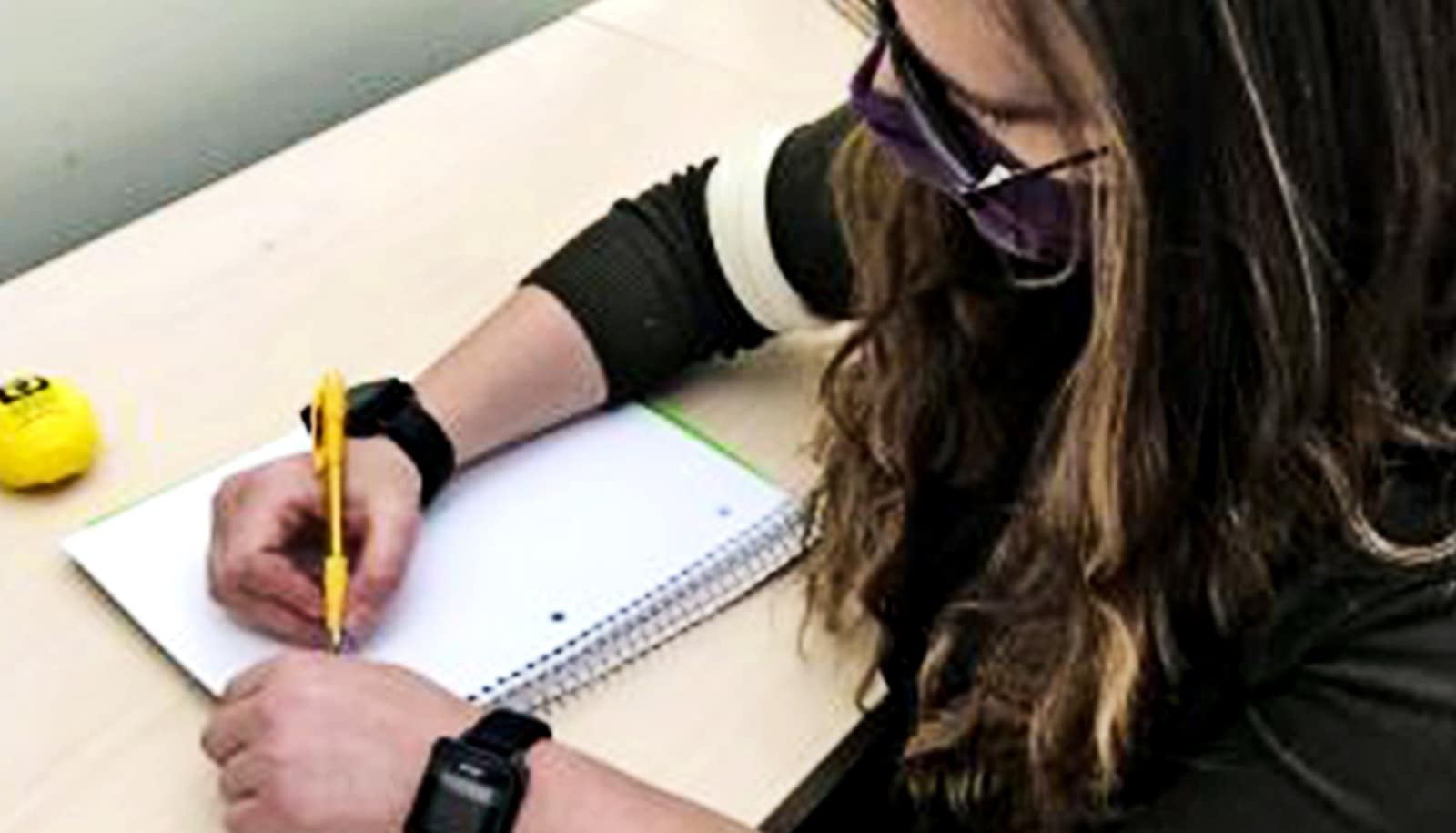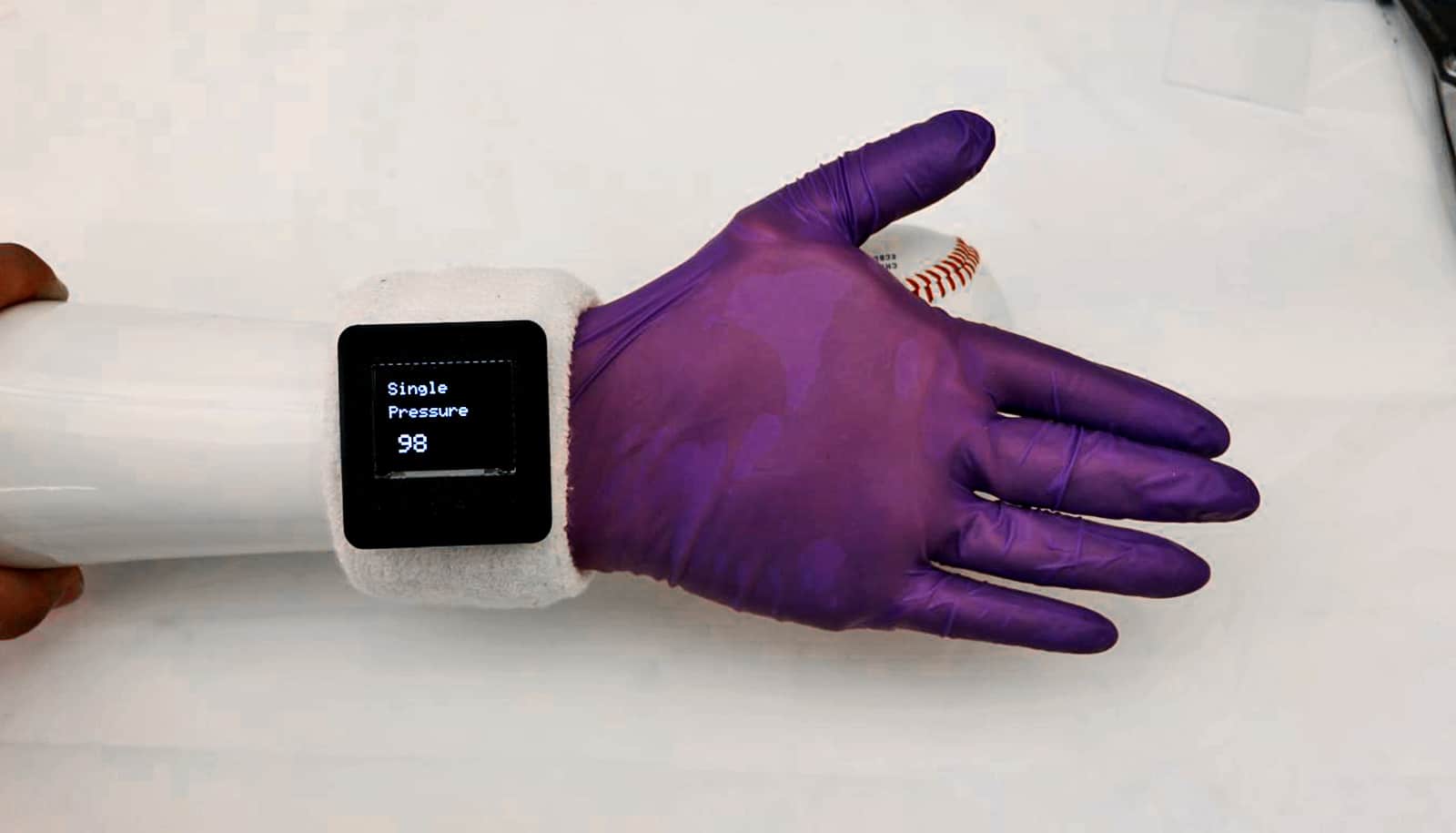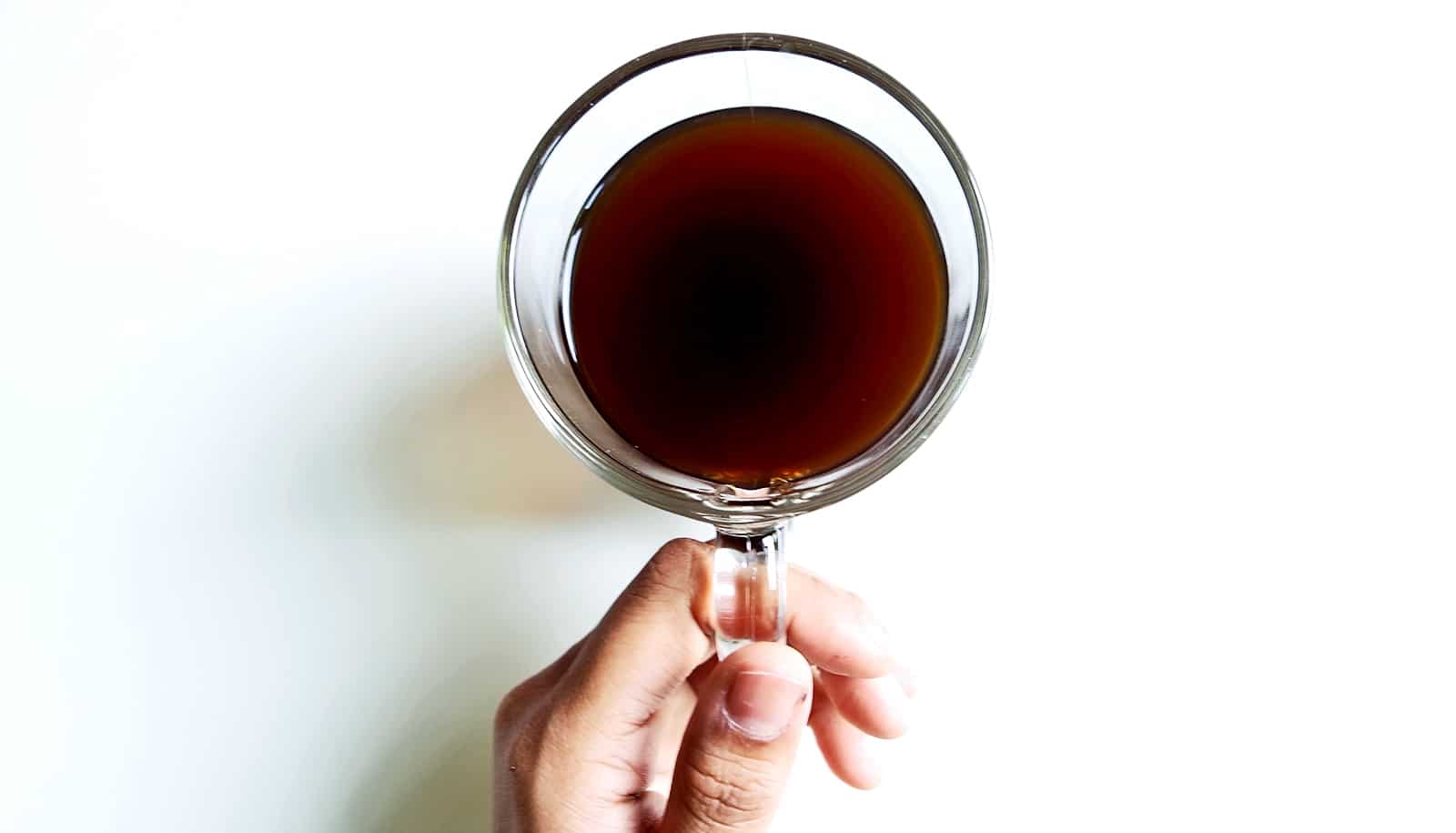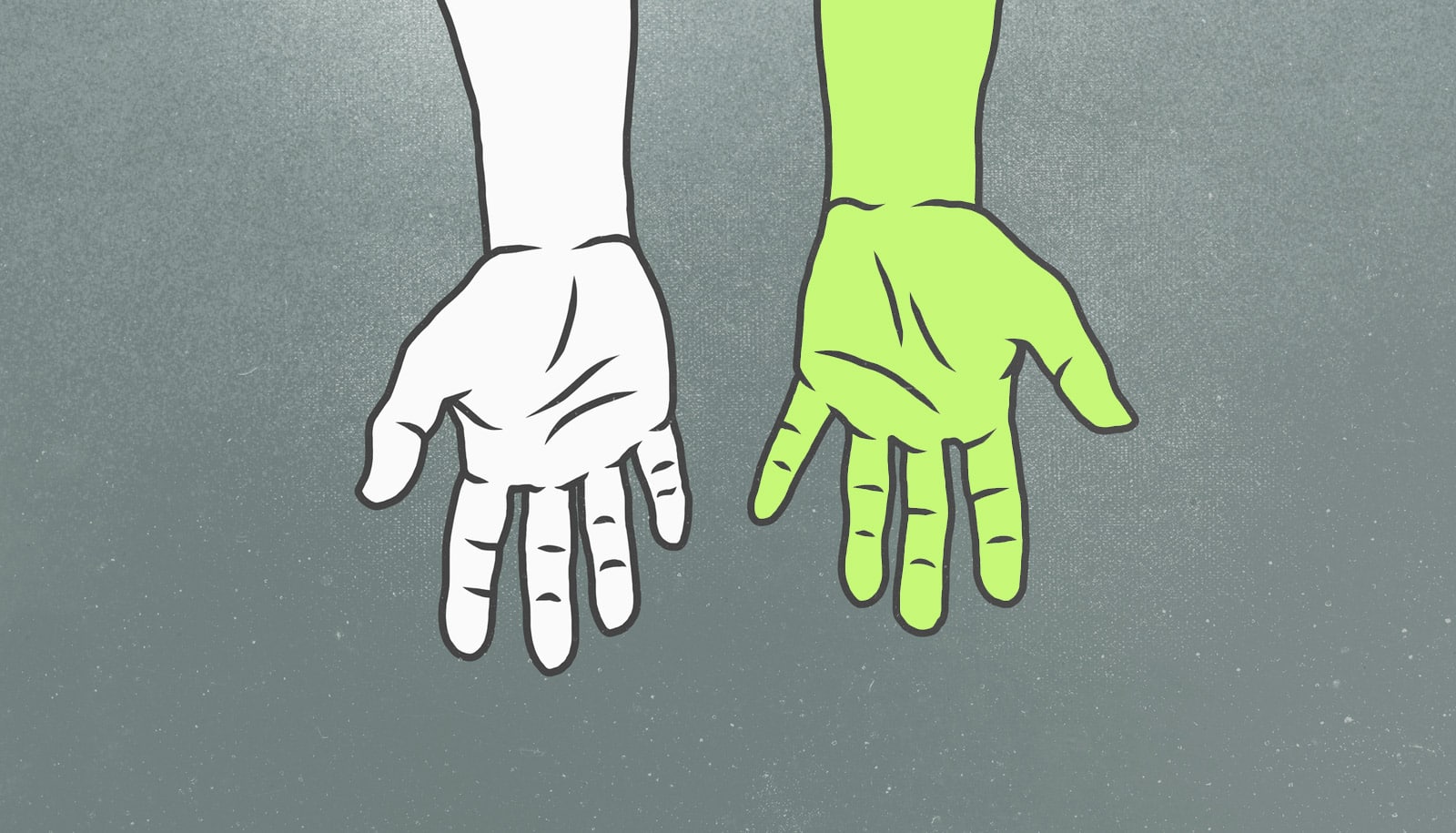A new technique uses small wearable sensors to gather data on how people who have experienced a traumatic hand amputation use a prosthesis versus a transplant in everyday life.
So far, the data shows people with a transplanted hand demonstrate a more balanced use of their hands than those who use a prosthesis.
“Most activities performed by a typical adult involve a fairly evenly balanced reliance on both hands,” says Scott Frey, chair in cognitive neuroscience in the psychological sciences department at the University of Missouri. Frey also has a joint appointment in the physical medicine and rehabilitation department.
“Over the course of a normal day, roughly 55% of people’s activities involve the dominant hand and 45% involve the non-dominant hand. Now we have evidence that shows experienced prosthesis users rely on their prosthetic hand during about 20% of daily activities and use their uninjured limb for the remaining 80%.
“Hand transplant recipients exhibit a more balanced pattern of limb use that is closer to what we see in healthy adults, although not quite at the 55%/45% split.”
Nevertheless, Frey also notes that a hand transplant comes with significant risks, such as developing certain infections and cancers from the lifetime use of immunosuppressants needed to help keep the body from rejecting the new hand.
The findings from the new study in the journal Neurorehabilitation and Neural Repair could help physicians and other medical professionals personalize treatment options to meet a patient’s individual needs based on their daily routine.
“We can bring people into a clinic or laboratory setting, and measure how they are doing with a prosthetic or hand transplant, but these observations are typically made under optimal and artificial conditions, and therefore might not accurately show us how people are truly functioning during their everyday lives,” Frey says.
“These sensors, which continuously record movements over multiple days while people go about their lives, have the ability to revolutionize treatments by providing real world data that will help us develop personalized approaches to treat traumatic hand loss.”
While military personnel can experience a traumatic hand loss in both combat and non-combat situations, Frey says these injuries can also occur in civilian populations with work-related or recreational accidents, such as with farming equipment or fireworks.
Researchers collected data continuously over three days as participants went about their normal lives. They wore four different sensors—two on the wrists of the prosthetic or transplanted hand as well as on the uninjured limb, and one on each the upper arms.
The technique could also lead to new ways for medical professionals to evaluate the effectiveness of treatments and personalized care for a variety of neurological diseases that affect hand use, including multiple sclerosis and stroke, Frey says.
Frey’s own mother had multiple sclerosis, and watching her condition deteriorate continues to motivate his work into furthering knowledge of the neural mechanisms and cognitive processes that are responsible for complex behaviors.
In addition to possible applications in other areas of medicine, including neurology, Frey’s approach is currently being used to investigate patterns of recovery in individuals with severe upper limb injuries who are at increased risk of developing chronic one-handedness through learned disuse of the injured limb.
Additional coauthors are from the University of Louisville, the Hanger Clinic in Salt Lake City, Utah, and the University of Missouri.
The Department of Defense funded the work.
Source: University of Missouri



